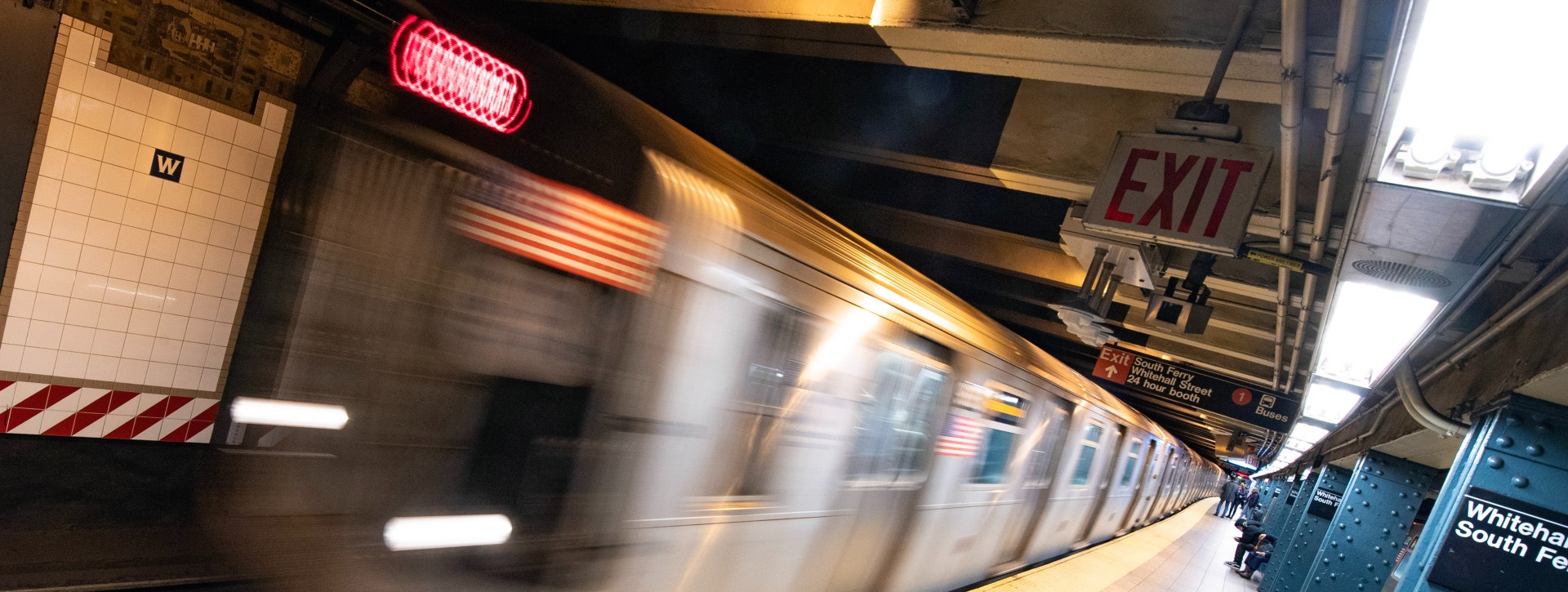The MTA is committed to maintaining a transit system that is safe, reliable, and accessible for all. Every day, our employees work hard to ensure that our subways, buses, and trains get millions of riders where they need to go. Our frontline workers kept the system running during the height of the COVID-19 pandemic; now, as more customers return to transit, providing service that is frequent, reliable, and safe is a top priority.
But we’re also looking toward the future. Our 2020-2024 Capital Program is the largest investment in MTA history, with an unprecedented $54.8 billion going toward projects that will transform public transportation throughout the MTA region. We’re investing in systemwide improvements that will keep our transit system running smoothly for decades to come. And we’re continuously working on ways to improve our own operations so that we can better deliver on our core values:
Accessibility: We are committed to expanding access to mass transit throughout the MTA region and are consistently looking for ways to improve your ride.
Equity: We are working to ensure that we provide frequent, reliable, and affordable transit services that promote connectivity throughout the MTA region.
Sustainability: We are committed to delivering sustainable public transportation by building a more climate resilient transit system and increasing the energy efficiency of our fleet and facilities.
Cost-consciousness: We are proactively taking steps to reduce waste and be more productive in order to provide the best service to our customers.
Those four values inform the strategic priorities we’ve set for the future. These priorities will help us create a faster, more accessible, and more reliable public transportation system, and boost the economic health of the New York region for years to come.
Here’s what we’re planning on doing.

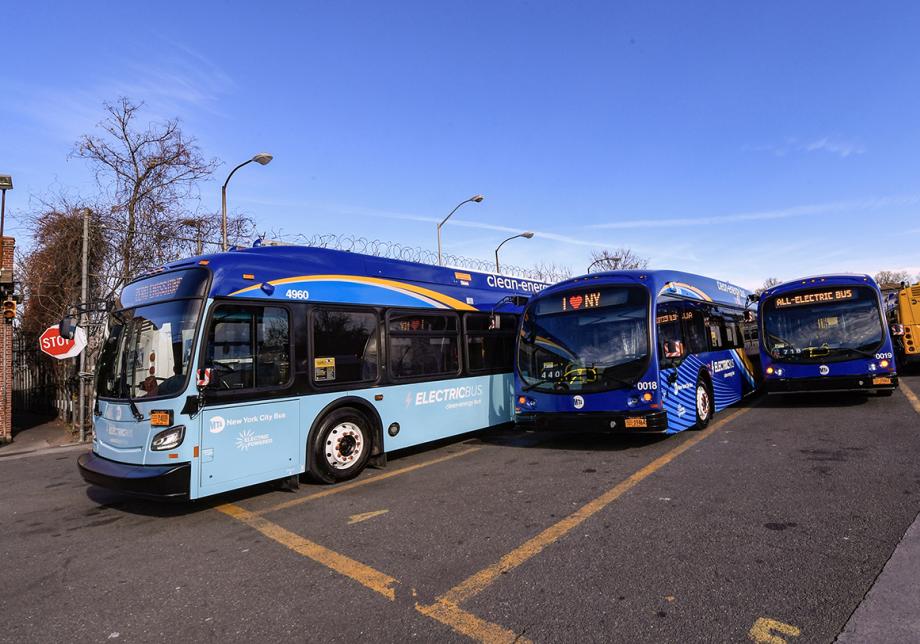
Deliver better service
We're working on making our subway, bus, and rail service faster and more reliable. This year, we’ve implemented new schedules on key subway lines that will make weekday trips faster for nearly 900,000 riders. New Metro-North schedules that went into effect this spring added more than 60 weekday trains on our East of Hudson lines, providing more flexible travel options for customers — and the railroad has seen record ridership numbers in subsequent months.
We also recognize that ridership patterns have shifted due to the pandemic, and we need to bring new riders to the system. We’re eager to collaborate with our City, State, and Federal government partners on key initiatives — including congestion pricing and the Interborough Express — that will encourage transit use, provide new funding sources, and improve rides for new and existing customers.
Provide 21st-century bus service
Improving our bus service benefits millions of riders and is a key to our transit equity goals. The redesigned Bronx local bus network is making bus trips in the borough faster, more frequent, more reliable, and better connected to the subway. A similar effort is getting underway in Queens. We’re also working with City Hall to deliver on Mayor Eric Adams' promised 150 miles of new bus lanes and busways.
We’re also committed to reducing our carbon footprint by adding hundreds of all-electric buses to our fleet. Our goal is to have a zero-emission bus fleet by 2040.
Promote safety and respect
The safety of our customers and our employees is a top priority, and is critical to bringing riders back to mass transit. We’re working with public officials, along with our partners in City and State government, to ensure that customers’ concerns are addressed.
We’re committed to enforcing our rules of conduct to ensure that customers are using a transit system that is safe and reliable. NYPD officers on trains and in stations have been tasked with enforcing those rules in a way that’s fair and transparent. We also supported legislation, recently signed by Gov. Kathy Hochul, that will increase protections for many more employees throughout our transit system. This will help our workers feel safe as they get customers where they need to go.
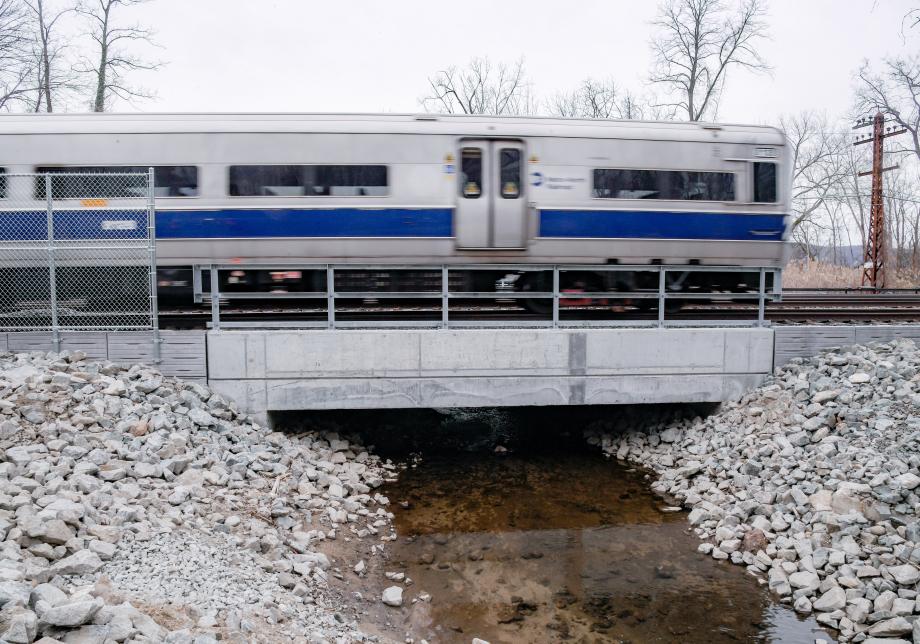
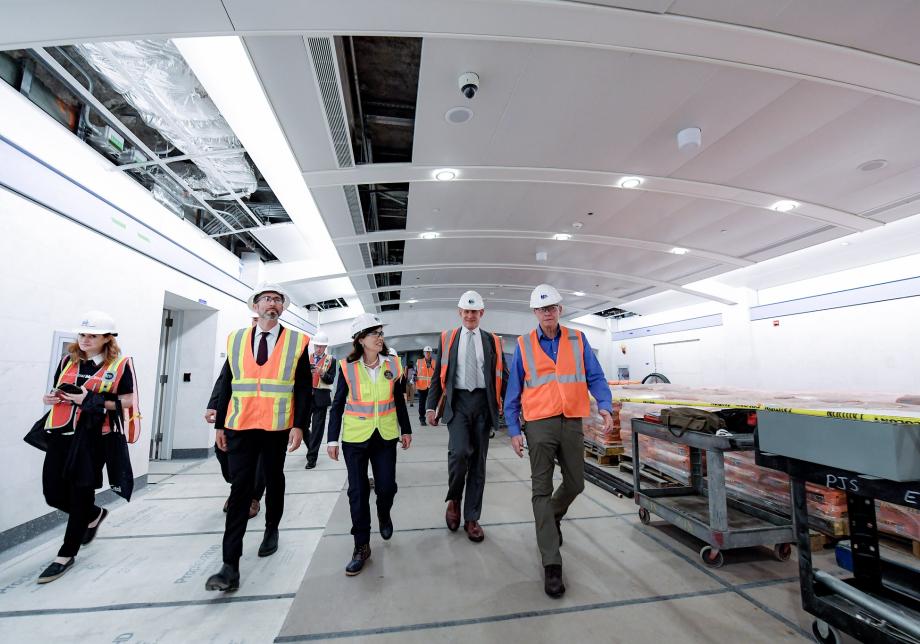
Increase appeal for customers
We’re always looking for ways to make public transit more appealing to all New Yorkers. This spring, the MTA launched new fare products – including fare capping on subways and buses, and new promotions for Long Island Rail Road and Metro-North — to make riding with us more flexible and affordable. We’ve also worked with the City of New York to boost enrollment in the Fair Fares program, which provides half-price fares for low-income New Yorkers. Completion of two major Long Island Rail Road projects — service to Grand Central and the Main Line Expansion — will improve service and open up new opportunities for our customers.
We’re also improving ADA accessibility throughout the transit system. We’ve invested $5 billion from our 2020-2024 Capital Program in projects that will add or upgrade accessibility features at more than 70 subway stations. We recently committed to a legal agreement to achieve accessibility at 95% of inaccessible stations by 2055.
Strengthen and expand the network
Investing in our transit system is critical to winning back customers. Our 2020-2024 Capital Program invests a historic $54.8 billion into the region’s subways, buses, railroads, and bridges and tunnels over five years. That funding is going toward crucial projects like repairing tracks, performing signal upgrades, and implementing station improvements. These measures help us keep our trains and stations in a state of good repair, which means fewer cancellations and more reliable service.
Major capital projects — such as Penn Station Access and the second phase of the Second Avenue Subway — will expand our footprint and provide better service to more customers. Our goal is to provide faster, more accessible, and more reliable public transportation for more riders. The fight against climate change demands it.
Achieve financial stability and viability
New York’s continued economic recovery depends on the MTA being on solid financial footing. Funding from our partners in the State and Federal government has been crucial to our post-COVID recovery. We’ve also taken action internally to reduce waste and make our operations more efficient. With centralized departments in place to better serve agency operations, our focus has shifted to developing additional efficiencies across the organization.
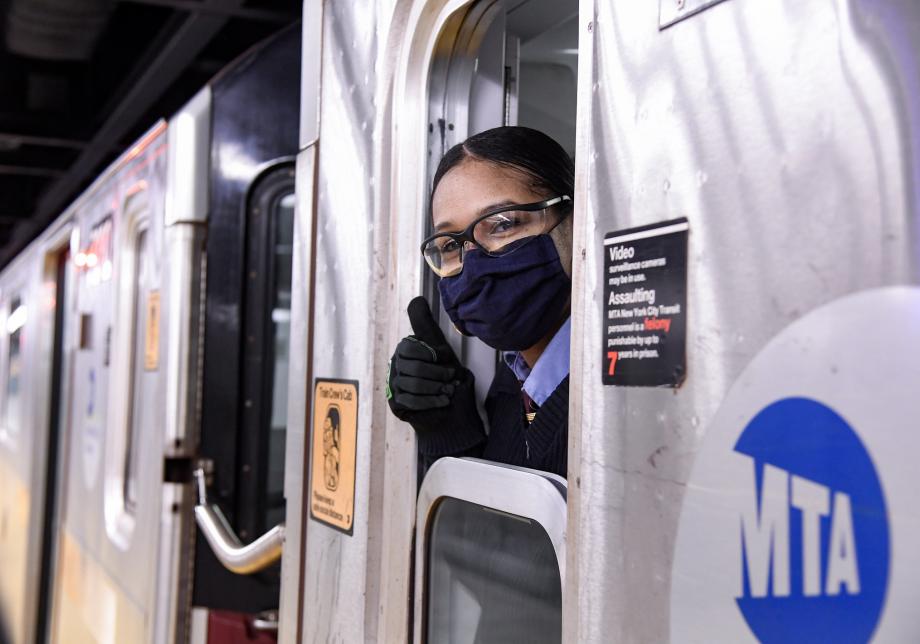
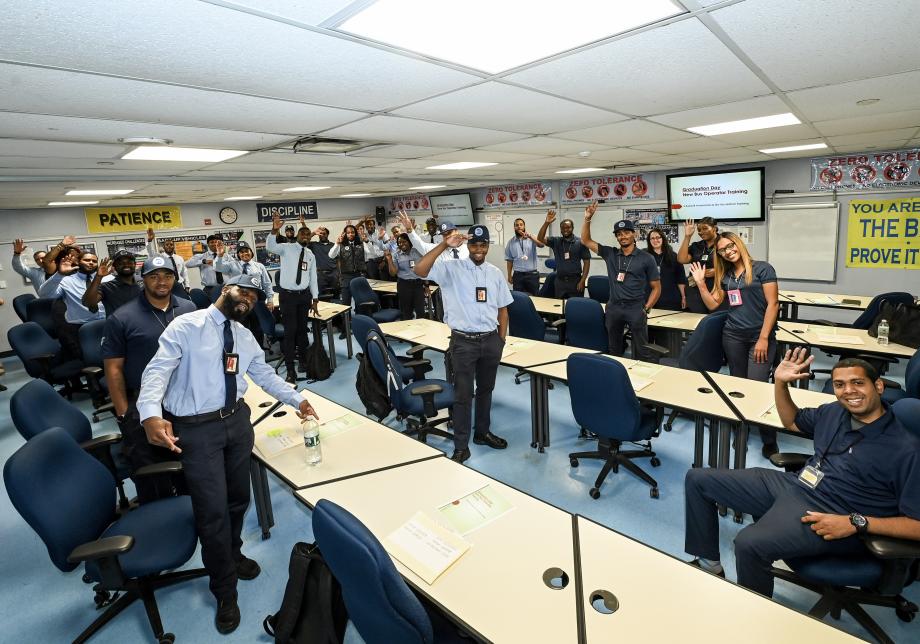
Revive talent and culture
We can’t achieve these goals without an engaged, enthusiastic workforce. We’re investing in our existing talent as well as recruiting new employees. We’ve identified key positions that need to be filled and are proactively seeking out diverse candidates of all backgrounds. We’re also working with our partners in Labor to improve retention and recruitment. The goal is to make the MTA a magnet for new talent while drawing on the assets of our existing employees.
